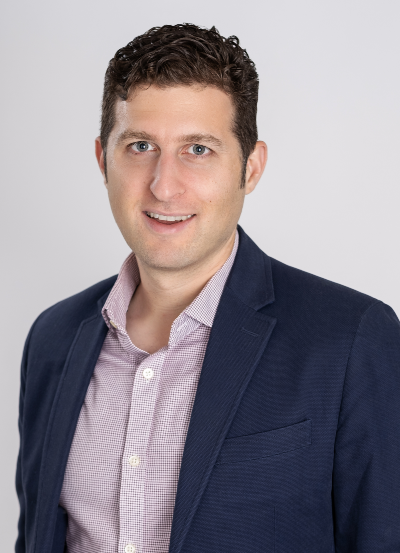Joseph Tabenkin is an experienced software product manager who recently transitioned to focus full time on building resources for educators.
- Product Manager for Read with Me, an app to help make classic literature more accessible to adults
- Creator and owner of Let’s Diagram, an application for teachers and students to diagram sentences
- Product manager and app creator of the Touching the Art App, an app to help make experiencing art more like enjoying a movie
Fellowship Project
We’re living through an incredible time. Scientific breakthroughs have led to an unparalleled period of prosperity in human history. Some might suggest that we’re living through a natural and inevitable progression. If you look at human history, this incredible leap occurred in the last 400 years. That is not a significant amount of time considering how long we have been on this planet. In fact, we have a term for the change that took place that makes it clear we are not living through a natural next step along human progress. We call it the Scientific Revolution. A revolution is not simply a progression; it is an upheaval. Consider the American Revolution; it represented not a seamless political transition but a profound transformation. It was an upheaval of monarchy, a new way to organize our political system. So we can ask ourselves: what upheaval took place in the Scientific Revolution? What explains this? What ideas and principles were required in order to bring about this drastic change? By looking at the history of scientific thought, we can learn to understand the revolution that had to occur in order to create the incredible civilization we have around us. Learning history can help shape our mind’s ability to interact with and master nature and help us protect the progress we have built.
My goal is to create a middle school history of science curriculum so that every student is equipped with this essential knowledge and perspective. The curriculum will consist of two principal units: one on the history of astronomy and the other on the history of mechanics. This historical and inductive approach will teach students how to relate to reality, arrive at objective truth, and be certain in their inferences.
To demonstrate the value of this material, I’d like you to consider the relationship most of us have with our understanding of the solar system. If you ask most people to draw you a picture of the solar system, they would be able to reproduce something resembling a heliocentric model. Ask how they know and they will likely point to a picture they saw sometime in their elementary school career. Unfortunately, for many of us, our relationship to science is precarious at best. We do not stand on the firm footing of understanding but rather on a faith in authority. In recent years we’ve seen the consequences this has in our ability to relate to and trust the so-called “expert”. Through my curriculum, I hope we can equip our students with a shield and a telescope. A shield to guard them against destructive ideas and thinking habits. A telescope to help them move through life confident in their ability to interact with the world.
Discover more from Boethius Institute
Subscribe to get the latest posts sent to your email.

